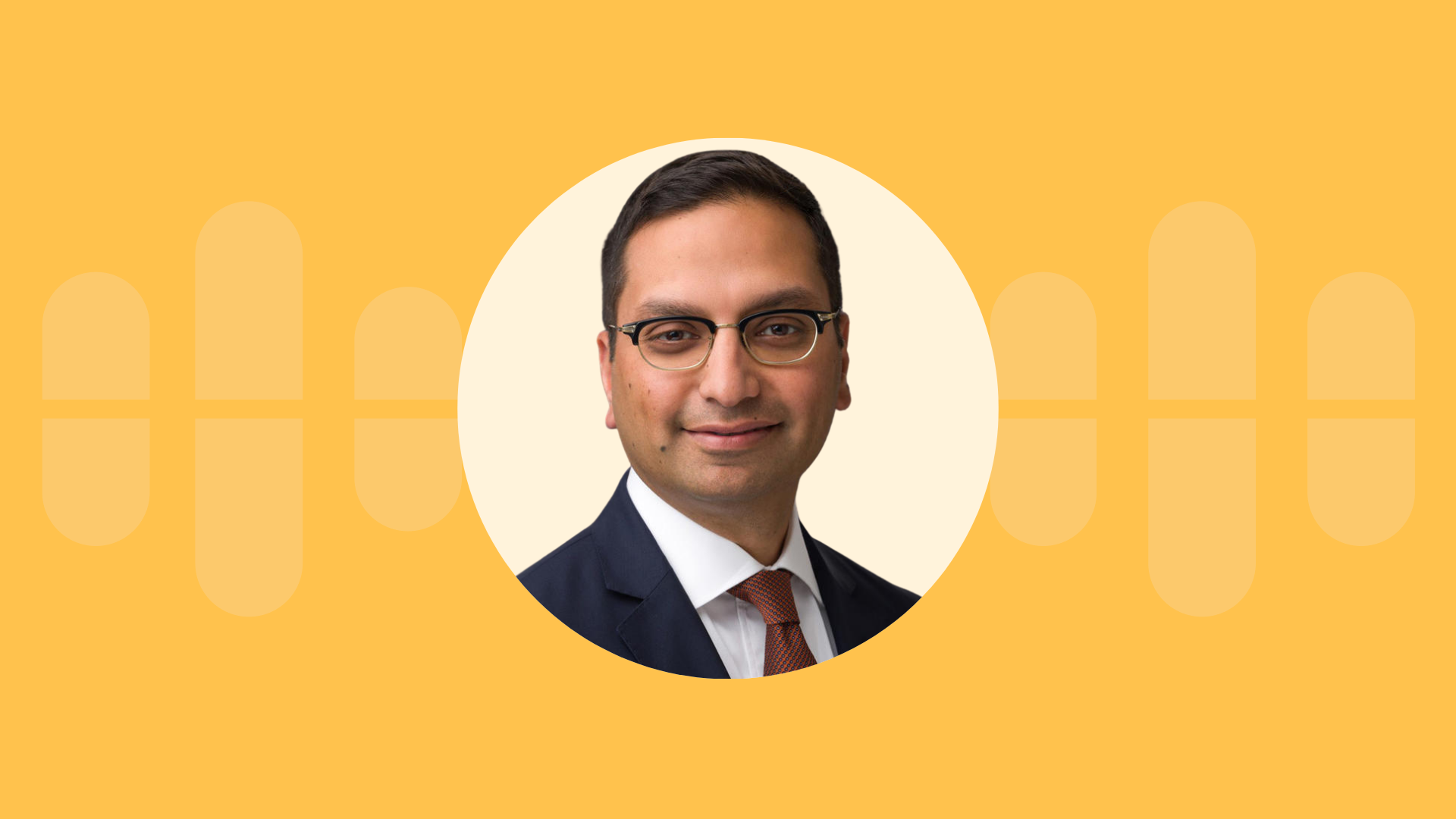Season 4 | Episode 9
Digital Health in 2025 and Beyond
Zain Kazmi
Chief Digital & Analytics Officer at The University of Texas System
In this episode
Zain Kazmi is the Chief Digital & Analytics Officer and the Vice Chancellor of Health Affairs for the University of Texas System. The UT System spans fourteen institutions eight focused on healthcare, united by the One UT Health Strategic Framework and making up a huge center of healthcare innovation in the United States. In this episode, Kazmi covered the establishment of the One UT Health framework, emerging technology he’s excited about for the near future, and his focuses at the UT system.
- Having a strategic framework guides vendor consolidation and investments in key technology.
- Staffing challenges, and particularly supporting nursing happiness and efficiency, are a major focus.
- The consumer experience is an innovation opportunity for academic medical centers.
“Innovation has to be a core part of our mission…we should be providing more holistic care, thinking of more innovative ways to care for people and use technology to make even greater impact.”
– Zain Kazmi
Key takeaways
Kazmi discussed the role of the UT System in providing education, facilitating research, and caring for patients on a large scale. He also dug into his role as the Chief Digital & Analytics Officer and the Vice Chancellor of Health Affairs, and some of the major challenges and opportunities he sees in his work across the enterprise. He covered:
Having a strategic framework guides vendor consolidation and investments in key technology.
“The One UT Health strategic framework is a big leap forward…for us as an overall health enterprise,” said Kazmi. “It gives us somewhat of a North Star…it also puts [down] some clear high-level objectives” that guide the UT System’s technology investments, he said.
One example is how the system approaches technology vendors. “We have Epic. We used to have a bunch of partners. We tightened that down,” said Kazmi. Now, he said, the system focuses more on investing in their EHR and understanding what’s coming on the development roadmap.
Looking ahead to emerging technology like AI, Kazmi focused on specific improvements like staffing efficiency and consumer retention. Overall, he said, the strategic framework is “centered around ‘where should we be more efficient, more cohesive? Where is there redundancy or unnecessary variation?'” Amidst so much exciting new technology emerging right now, Kazmi highlighted this focus on cohesion and efficiency system-wide.
Staffing challenges, and particularly supporting nursing happiness and efficiency, are a major focus.
“[Our focus on] workforce starts with nursing,” said Kazmi. “We have ten nursing schools and eight CNOs — we still have a massive problem in how we’re thinking of nursing staffing, even though we have that huge pipeline. We can’t just recruit our way out of this problem,” he said.
Kazmi recommended focusing on innovation specifically to solve the challenge of nursing shortages and support nursing staff. “We need to be investing in workforce. We can’t keep up [using] just labor. The demand versus supply, it’s just getting worse…We need to think about retention in a different way, recruitment in a more tech-enabled way, and then productivity,” he said.
He cites technology including AI and patient apps that can support nurses in performing their tasks more efficiently and improve retention. This focus on enabling nurses with new technology “is having a really measurable impact on our nurses staying within the hospitals, especially younger nurses,” said Kazmi.
The consumer experience is an innovation opportunity for academic medical centers.
“I’m really excited about how [the healthcare industry] is thinking about the consumer,” said Kazmi. “Patients are expecting more in terms of convenience…that’s an area, frankly, where academic medical centers have got a long way to go. Where do we excel? Complex care….[but] as you go into other healthcare settings, the understanding of the consumer is really exciting,” he said.
Kazmi discussed the challenge that a fee-for-service model presents to this consumer-focused approach, and the role that innovation plays in moving beyond the status quo.
“Innovation has to be a core aspect of our mission. It’s easy to say, ‘things are okay right now,’ but that’s not in my view what a health system should be doing,” he said. “It’s doubling down on thinking of more innovative ways to care for people….often we are more like a sick care system, but how we are preventing care is really important…it’s important that we start shifting in that direction. Now is the time to do it,” he said.
More episodes you might enjoy

Season 4 | Episode 7
The CFO’s Role in Organizational Success
Omer Sultan
SVP and Chief Financial Officer at MD Anderson Cancer Center
A forward-thinking CFO discusses the critical role of finance leaders in driving "smart growth" and improving care delivery across their health systems.

Season 2 | Episode 4
Innovating with Purpose: Strategies for Meaningful Investment in AI
Anika Gardenhire, RN, CHCIO
Chief Digital and Information Officer at Ardent Health Services
How can health systems interested in AI move beyond the buzzwords and create meaningful AI strategy? Anika Gardenhire, RN, CHCIO offers insightful and actionable recommendations.

Season 2 | Episode 7
The Unsustainable Status Quo (and Reimagining the Future)
Sonia Singh
Chief Insights Officer at AVIA
Health systems across the United States are concluding that the status quo is unsustainable. Sonia Singh believes that "radical reinvention," not just digitization, is the way forward to serve an aging population and manage increasing care gaps with fewer staff and resources.
View all episodes

Subscribe to Digital Health: On Air
Get the latest episodes delivered directly to your inbox.

